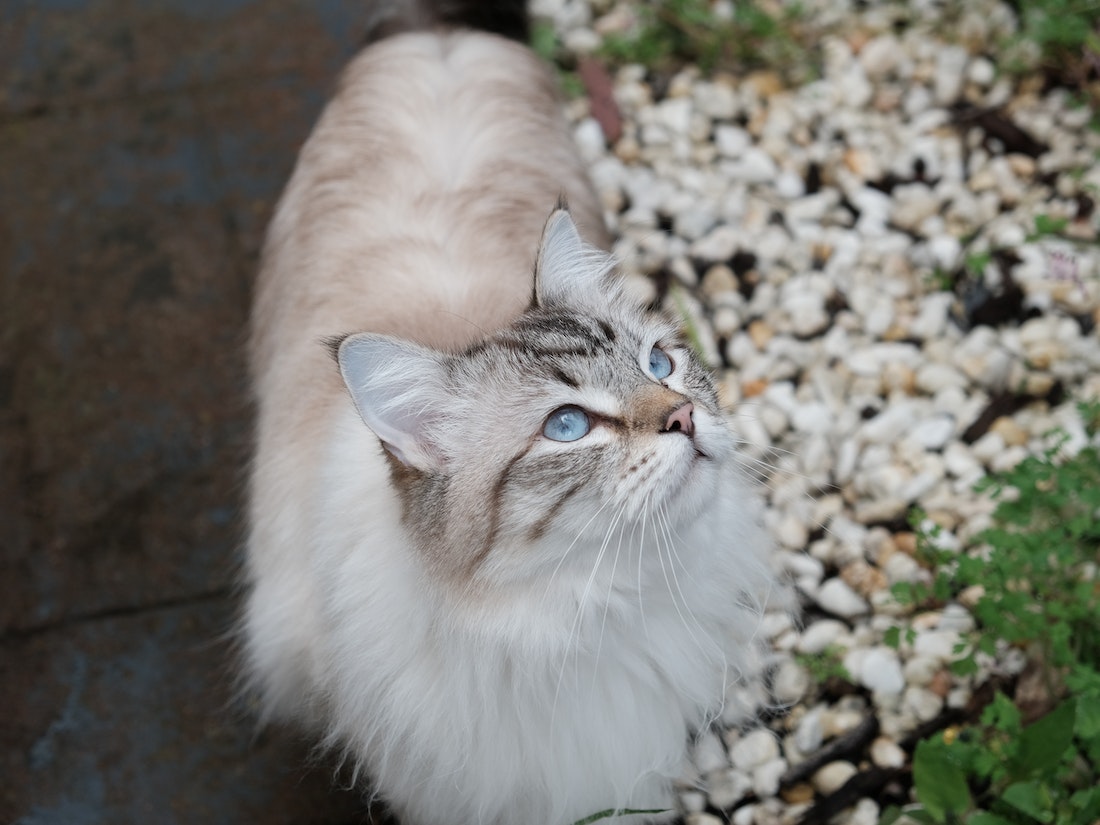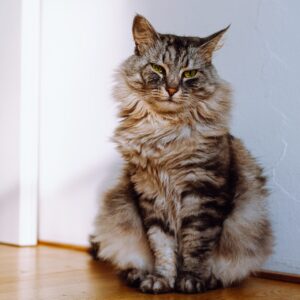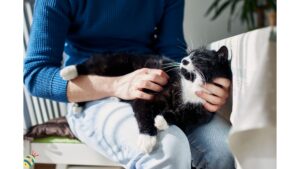Almost all cats do shed, and that includes the Siberian breed. But the degree of shedding varies from one species to the next. Whereas some are heavy shedders, others shed only a minimal amount of hair.
Furthermore, it’s vital to know that there is healthy shedding and also abnormal shedding in each variety.
So read on to know how much the Siberian cat breeds sheds and the telltale signs of unhealthy shedding.
All About the Siberian Cat
The Siberian cat comes in middle to the large size. Also it has thick and semi-long dense coat. Further, the species have wide diverse colors and patterns. Besides the color and pattern diversity, the Siberian cat has adaptations to survive in cold climates.
One such adaptation is the triple coat. That includes the outer guard hair, middle awn hair, and soft undercoat. The thick triple coat provides thermal insulation in the freezing temperature of the winter.
But, Does the Siberian Cat Shed?
Like all other cat breeds with fur, the Siberian felines shed. And specifically, they are moderate shedders.
They shed significant but manageable amounts of hair. But when you compare it to other cat breeds with long hair, the Siberian sheds minimal volume of fur.
How Often Do Siberian Cats Shed?

In the ordinary, the Siberian cat sheds a significant volume of fur twice a year. In the spring, the pet molts the long hair that kept it warm in the winter.
Similarly in the fall, they shed the short summer coat in readiness for another coat that braves the chilling winter.
Of the two seasons, the feline friend experiences a higher degree of shedding in the spring. Remember, for the animal to survive the chilling winter, it needs thick and long hair. And in spring, it loses the winter coat hence the significant molting.
Are Siberian High-Maintenance Cats?
In comparison to other breeds of similar coat types, Siberian cats shed less fur. For that reason, they won’t leave behind large chunks of hair on the couch or clothes.t and that makes them comparatively medium-maintenance cats.
Are Siberian Cats Hypoallergenic?
Hypoallergenic cats do not cause allergic reactions. In other words, they are free from the allergens. Sadly, the Siberian cat is not hypoallergenic.
The allergen from the cat is due to the protein element called Fel D1. And the allergen is present in the saliva and pet dander. Shedding of fur only aids in the spreading of the allergen in the environment.
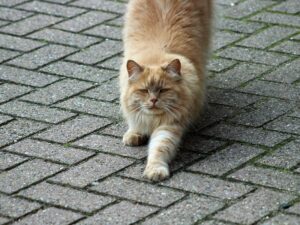 However, you can minimize the allergic reaction of the pet by;
However, you can minimize the allergic reaction of the pet by;
- Regular vacuuming of the room
- Emptying the litter box more frequently
- Spreading a solid flooring material instead of carpet
- Investing in an air filter
- Changing the bedding, and clothing and washing hands more often
Signs and Causes of Abnormal Shedding in Siberian Cats
Shedding of fur is an indispensable part of a cat’s life. However, there are cases when the shedding pattern of the cat becomes abnormal and thus a cause of worry.
Signs of Abnormal Shedding Pattern in Siberian Cat
Here are a few indicators of worrisome shedding in the Siberian;
- Shedding or losing of fur in patches
- Scratching and biting the same spot more often than necessary
- Molting more than the usual amount of fur
Causes of Abnormal Shedding in Siberian Cat
In most cases, the abnormal shedding is due to one or a combination of the following factors:
Stress
Intense stress can cause unusual hair loss in cats. Most often, a cat manages stress through overgrooming. And, over-grooming results in abnormal hair loss.
Common causes of stress in Siberian cat includes the following;
- Bringing a new pet, for example, a rescued cat into the home.
- High shrieking noise in the neighborhood (traffic, music, or thunderstorm)
- Loneliness
- An abrupt change in her daily routine
Poor Diet
Another chief cause of unusual hair loss in cats is poor diet. A Siberian cat requires a proper diet to have a healthy coat.
Besides leading to unhealthy fur loss, an unbalanced cat diet also contributes to obesity, heart disease, and joint problems.
A cat needs a diet that’s rich in protein, vitamins, and omega-3 fats. Also, place different bowls of clean water at strategic places your pet can easily access.
Illness and Parasites
Excessive shedding by the cat may stem from poor health conditions. Some include liver disease, cancer, kidney diseases, and bacterial infections.
Furthermore, infestation by parasites also leads to increased shedding. That includes both internal and external parasites.
Gender and Age
As the cat ages (Siberian breed included) it sheds more hair. Also, the pregnant Siberian cat sheds significantly more fur than during other periods.
Allergies
Even cats also suffer from allergies. The allergens can come from food, shampoo, or other substances found in the environment, like pollen.
Hormonal Imbalance
Hormonal imbalance, also known as hyperthyroidism, is another chief cause of unusual hair loss. It often affects the female cat. Besides unusual hair loss, other symptoms of hyperthyroidism include;
- Loss in weight
- Increased thirst and appetite
- Increased rate of urination
How to Manage Unhealthy Shedding in a Siberian Cat
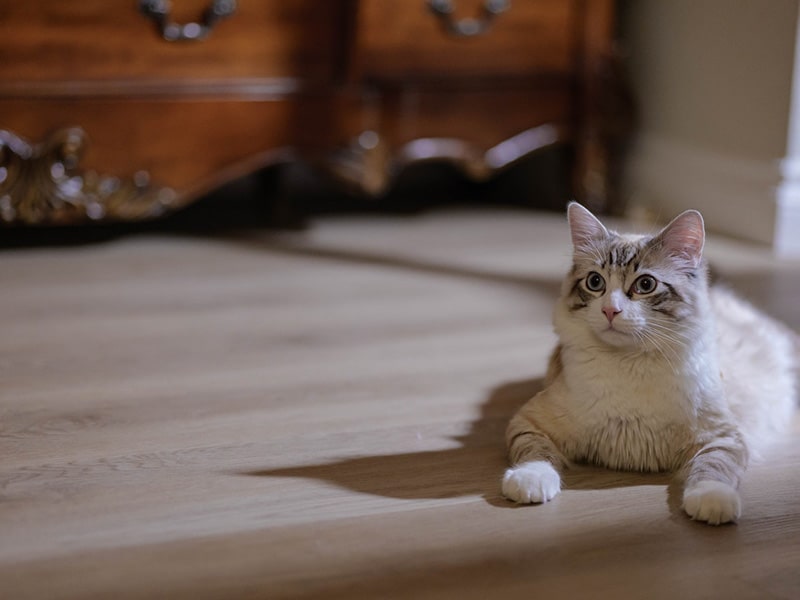
Here are a few tips for managing unhealthy shedding habits in Siberian cats;
- Regular grooming with the cat-friendly brush is advisable
- Subscribing to the right balanced cat diet
- Keeping the cat hydrated
- Addressing health challenges and keeping a check on stress factors
Does the Siberian Cat Shed?
The Siberian cat sheds a significant but manageable amount of fur. But poor health, unbalanced diet, illnesses, stress, and hormonal imbalance can cause abnormal shedding in the pet.
It’s thus vital to keep a close watch on the pet’s health. That way, you can spot and address unusual shedding habits in time.

